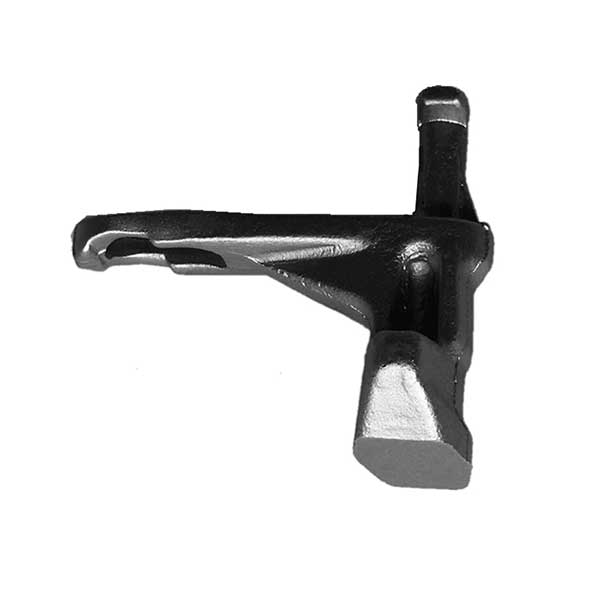Special alloy forging is much more difficult than ordinary carbon steel and low-alloy structural steel. To produce special alloy forgings with geometric dimensions and metallurgical quality that meet the requirements, corresponding technical measures must be taken according to different characteristics. These measures are mainly Including process measures, forging and die design measures, quality control measures, testing of forging performance (based on selection of thermodynamic parameters), simulation of forging process, first piece trial forging, etc. Among the above measures, the process measures that need to be taken are described as follows:
1. Reasonably select the temperature, heating speed and holding time of the blank into the furnace
For special alloys with low thermal conductivity (especially large-sized billets), they should be heated at a low speed with the furnace or preheated in the furnace at 800 ° C ~ 850 ° C and held for a period of time, rather than directly heated in the furnace at the initial forging temperature, and then heated It is heated to the initial forging temperature or transferred to a high temperature furnace at the initial forging temperature; the holding time at the initial forging temperature depends on the alloy, which is generally several times longer than that of alloy structural steel.
Other blanks of aluminum, magnesium, copper and their alloys with higher thermal conductivity than steel can be directly put into the high-temperature furnace, the heating speed can be accelerated and the holding time can be appropriately shortened.

2. Properly select the degree of deformation
In view of the characteristics of high alloying degree of special alloys, serious macrosegregation of ingots and forgings, low plasticity and wide critical deformation range, in the forging process, it is necessary to strictly control the degree of deformation of each fire and even the degree of deformation of each stroke of the equipment (deformation degree If it is too large, it may be forged and cracked, and if the degree of deformation is too small, it may fall into the deformation zone, resulting in local grain growth and uneven structure).
3. Strictly control the final forging temperature
In view of the characteristics of high recrystallization temperature and obvious cold work hardening tendency of special alloys, it is necessary to increase or greatly increase the final forging temperature. The forging temperature is about 300°C higher.
4. Reasonably choose the working speed of the forging equipment
For some special alloys that are sensitive to strain rate and slow recrystallization speed, hydraulic presses, mechanical presses and screw presses with lower loading speed should be selected for forging; for high-speed steels with serious mesh fractures, in order to completely crush them For two-shaped broken objects, a forging hammer with high working speed and strong impact force should be selected for forging.
…
Details can be accessed by clicking here:https://www.gold-emperor.com/forging-process-flow-of-special-alloy-forgings/

-80x80.jpg)
